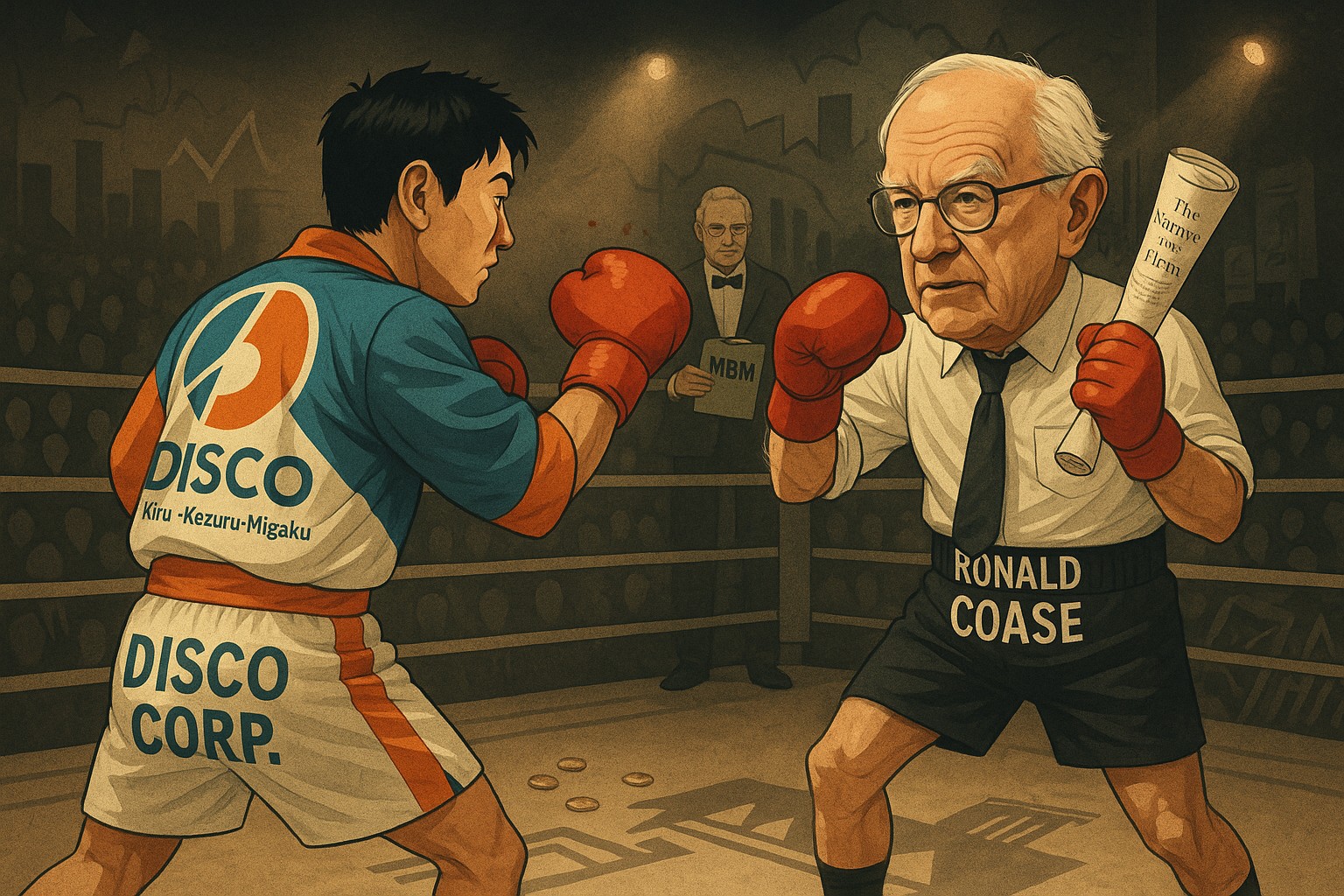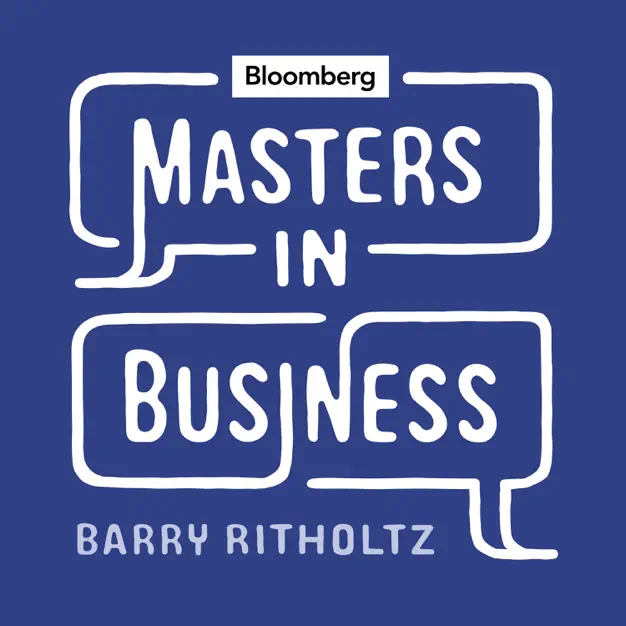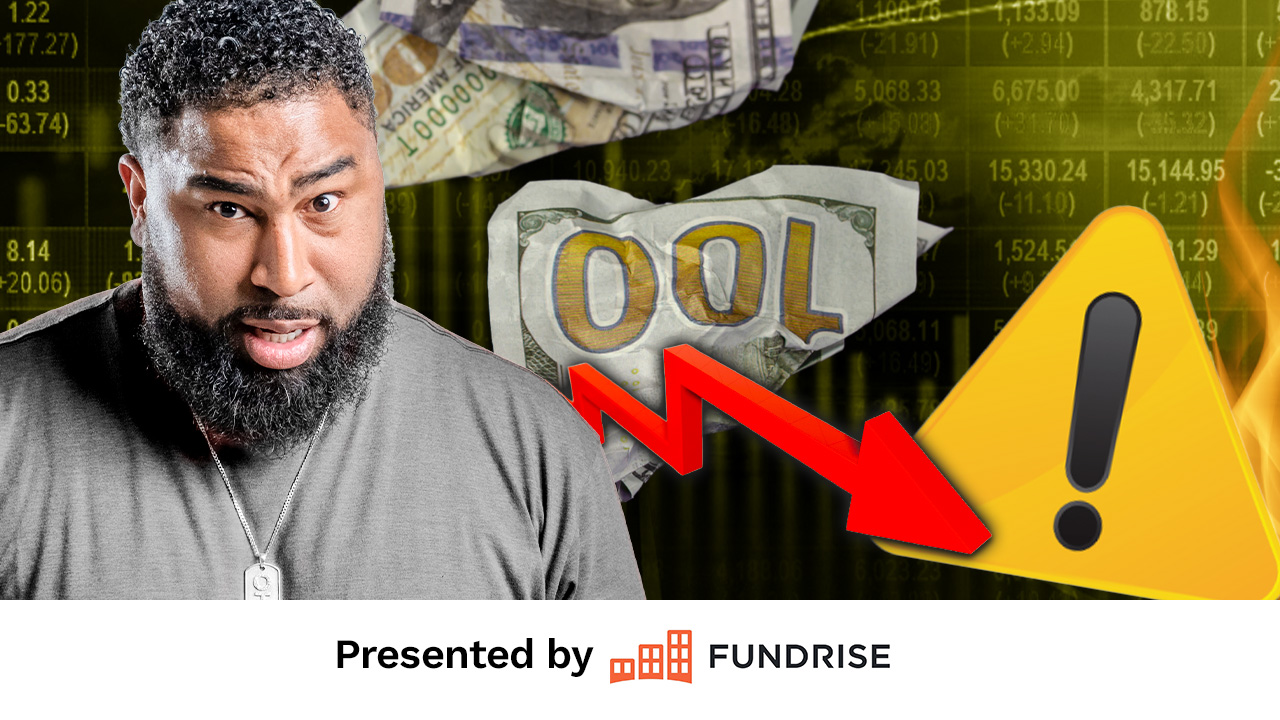Norberg also assesses loss of learning for Swedish school kids versus children in other countries: no learning loss versus huge learning losses in the United States and other countries. Also, the economy did better than the economies of other countries, according to OECD data. Norberg writes:
The world economy was 2.9 percent smaller after 2021 than it would have been[,] according to the Organisation for Economic Co-operation and Development forecast before the pandemic; the Eurozone 2.1 was percent smaller, and the U.S. economy 1.2 percent smaller. The Swedish economy was 0.4 percent bigger.36 This is even more exceptional since the Swedish government introduced much less fiscal stimulus than most other countries.
And the big one, of course, is deaths. Sweden’s COVID-19 death rate from January 5, 2020 to June 14, 2023 was 2,322 deaths per million versus only 1,024 deaths per million for Norway, and towards the upper end of his comparison, 3,332 deaths per million for the United States. Norberg points out that if a Swede died with COVID-19, he/she was counted as having died from COVID-19. In Norway, by contrast:
deaths were counted as a COVID-19 death only if the attending physician concluded that COVID-19 was the cause of death and called the country’s public health agency to report it. “It is possible that Norway could have a higher number of registered deaths if we counted as Sweden,” said a doctor at Norway’s public health agency in April 2020.
For that reason, the data on excess deaths may be a better measure. And Sweden’s excess death rate during the pandemic was the lowest in Europe. The data are quite striking. The excess death rate between 2020 and 2022 was 4.4% in Sweden, versus 5% in Norway, 12.2% in Greece, and a whopping 19.8% in Bulgaria. One obvious reason might be that because medical care was not shut down as much in Sweden as it was in other countries, people didn’t go without cancer treatments, heart surgeries, etc. as much as they did in other countries.
Another reason for the low excess death rate, of course, although Norberg doesn’t discuss this, is that a large percent of Swedes got vaccinated whereas in some other European countries, a smaller percent got vaccinated. But even that large percent could be an indirect effect of Sweden’s light-handed approach to lockdowns. For people to get vaccinated, they need to trust in the vaccines and distrust is likely to be higher in countries where the government ruled with a heavy hand. Moreover, if governments in other countries lied about face masks, for example, as Anthony Fauci admitted he had, it was reasonable for people to ask what else they might lie about?















